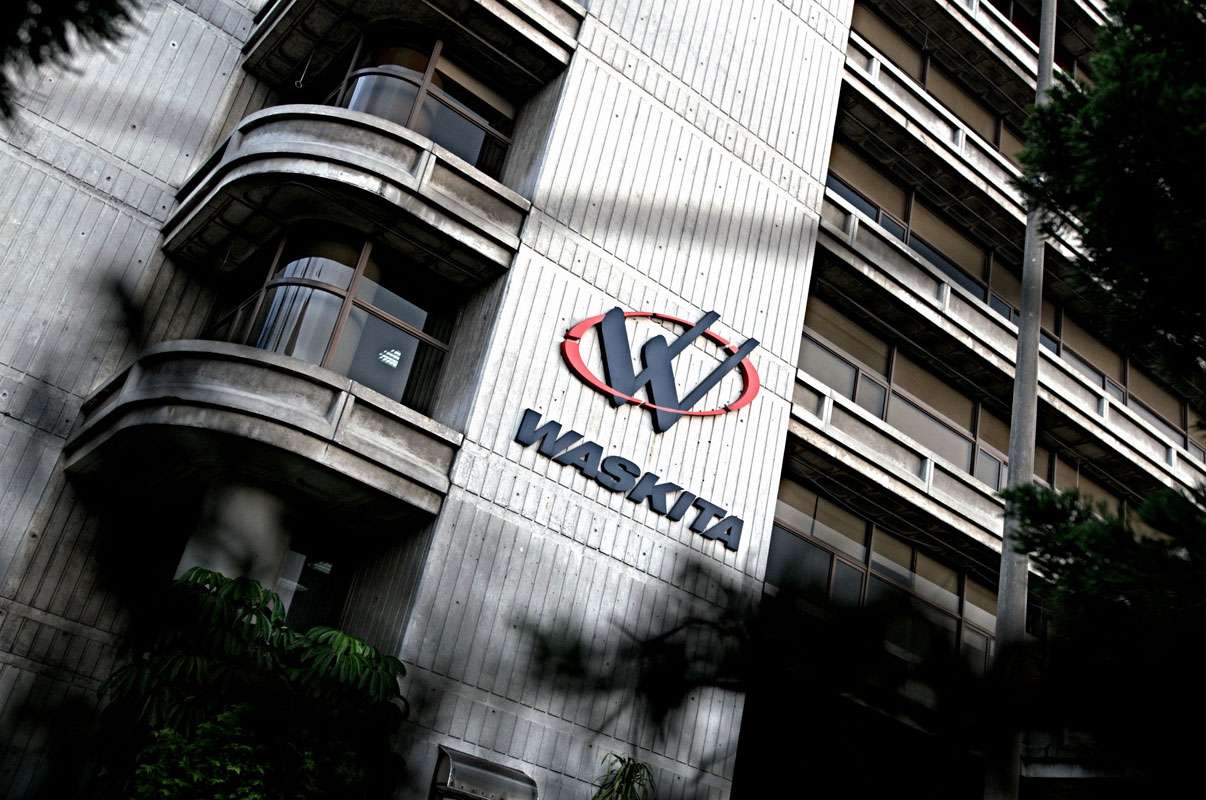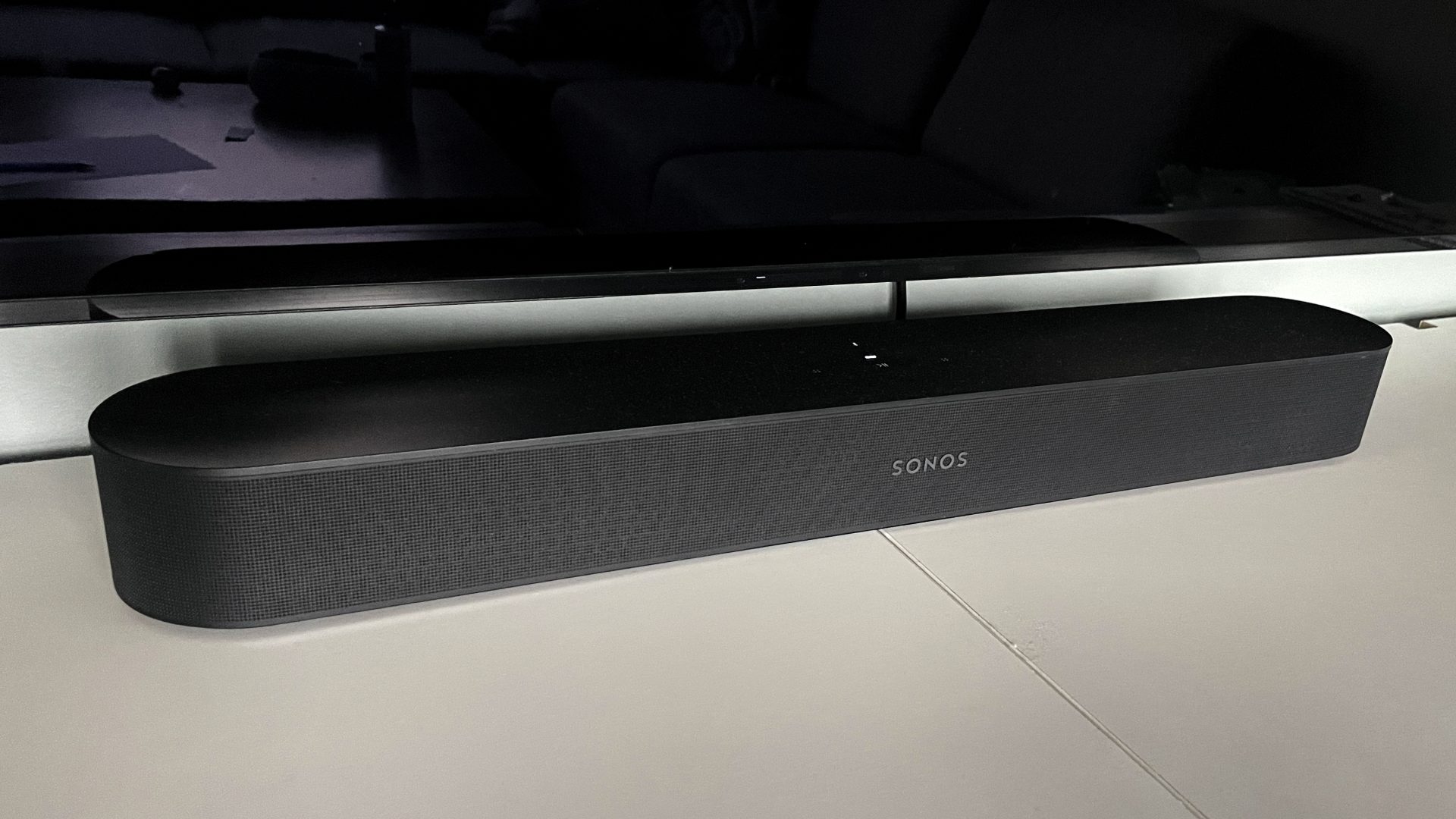PT Waskita Karya (Persero) Tbk is struggling with a pile of jumbo debts reaching Rp 89.2 trillion by the end of 2020. However, the company has received a lot of support from the government through various channels. Then, what makes the debt of the state-owned construction company soar?
The total debt of the issuer codenamed WSKT consists of bank loans and bonds of Rp 65.3 trillion, and 19 projects with an investment value of Rp 27.81 trillion, the majority of which comes from acquisition activities.
Waskita Karya projects are divided into two types, toll roads and electricity transmission. A total of 16 projects are toll roads, of which only 3 sections were obtained through a tender process. The rest are acquisitions, some of which are assignments from the government. Some of them, Waskita Karya, were asked to acquire the Trans Java toll road from a stalled private party.
“In 2015-2017, Waskita was quite aggressive in taking toll roads that already had BPJT but were not running optimally in Trans Java,” said Deputy Minister of SOEs Kartika Wirjoatmodjo in a meeting with members of the House of Representatives Commission VI, earlier this week.
Because it requires a total funding of IDR 27.81 trillion, Waskita Karya’s debt in the 2017-2020 period tends to rise. At its peak in 2019, the construction SOE’s debt reached Rp 70.9 trillion to banks and bonds, excluding debt to vendors.
| PT Waskita Karya Tbk (WSKT) Projects | ||||||
| No | Project name | Ownership | Long | Origin | Year of Acquisition/Tender | Investment Value |
| Toll road | ||||||
| 1 | Kanji-Pejagan | 100% | 35 km | Acquisition | 2015 | Rp 2.04 |
| 2 | Pejagan-Pemalang | 100% | 57,5 km | Acquisition | 2014 | Rp 0.86 |
| 3 | Pemalang-Batang | 60% | 39,2 km | Acquisition | 2016 | Rp 1.40 |
| 4 | Batang-Semarang | 40% | 75 km | Tender | 2015 | Rp 1.65 |
| 5 | Pasuruan-Probolinggo | 100% | 44 km | Acquisition | 2017 | Rp 1.34 |
| 6 | Krian-Legundi-Bunder | 100% | 38,3 km | Acquisition | 2016 | IDR 3.00 |
| 7 | Bekasi-Cawang-Kampung Melayu | 70% | 16,1 km | Acquisition | 2014 | Rp 2.58 |
| 8 | Cimanggis-Cibitung | 90% | 25,4 km | Acquisition | 2015 | IDR 0.55 |
| 9 | Cibitung-Cilincing-Tanjung Priok | 55% | 34 km | Acquisition | 2017 | IDR 1.27 |
| 10 | Cinere-Serpong | 35% | 10,2 km | Acquisition | 2015 | IDR 0.30 |
| 11 | Depok-Antasari | 25% | 27,5 km | Acquisition | 2015 | IDR 0.49 |
| 12 | Bogor-Ciawi-Sukabumi | 100% | 54 km | Acquisition | 2015 | IDR 2,20 |
| 13 | Cileunyi-Sumedang-Dawuan | 15% | 60 km | Tender | 2015 | IDR 0.13 |
| 14 | Medan-Kualanamu-High Cliff | 30% | 61,7 km | Acquisition | 2015 | IDR 0.46 |
| 15 | Kayu Agung-Palembang-Betung | 98% | 112 km | Acquisition | 2016 | IDR 0.59 |
| 16 | Kuala Tanjung-Tebing Tinggi | 30% | 143 km | Tender | 2017 | IDR 0.05 |
| Sub Total Toll Road | 832,9 km | IDR 18,90 | ||||
| Electric Transmission | ||||||
| 17 | Transmission 500 KV Sumatera Package 1 | 556 tower | Tender | IDR 3.50 | ||
| 18 | Transmission 500 KV Sumatera Package 2 | 379 tower | Tender | IDR 2.60 | ||
| 19 | Transmission 500 KV Sumatera Package 3 | 639 tower | Tender | Rp 2.80 | ||
| Sub number of power transmission | 1574 tower | IDR 8.90 | ||||
| AMOUNT | IDR 27.81 | |||||
| Source: Ministry of SOEs, 27 September 2021 | ||||||
Waskita Karya’s total debt related to toll road construction reached Rp 52.9 trillion in 2020. This amount consists of direct debt of Toll Road Business Entities (BUJT) of Rp 23.9 trillion and those related to BUJT indirectly of Rp 29 trillion.
Waskita Karya’s financial pressure did not only occur in the increase in debt, but also in terms of income. In 2019, before the Covid-19 pandemic, the company’s revenue was recorded at Rp. 31.4 trillion, down to 35.65% from 2018, namely, Rp. 48.8 trillion. His income dropped further in 2020, hit by the pandemic of Rp. 16.2 trillion, a decline of 48.4% on an annual basis.
In the midst of declining revenues and the amount of debt due to acquisition assignments from the government, Waskita Karya did not receive an injection of state capital participation (PMN). Unlike the other BUMN Karya, Waskita worked on the Trans-Java project until it was completed, then only got a PMN.
“This has made Waskita’s financial condition significantly worse,” said Tiko, his nickname.
One of the efforts to restore Waskita’s finances is to divest existing projects or asset recycling. This is considered capable of reducing the debt burden originating from investment and toll road construction.
Of the 16 toll roads owned by Waskita Karya as shown in the table, since 2019 5 divestments have been realized, namely the Solo-Ngawi, Ngawi-Kertosono, Kualanamu-Tebing Tinggi, Semarang-Batang, and Cinere-Serpong toll roads.
The Cibitung-Tanjung Priok toll road will also be divested soon because Waskita Karya has put pressure on the Conditional Sale and Purchase Agreement (CSPA) with PT Pelabuhan Indonesia (Pelindo).
Waskita also offers three segments, namely, Pejagan-Pemalang, Kanci-Pejagan, and Pemalang-Batang to the Sovereign Wealth Fund (SWF), Indonesia Investment Authority (INA).
Waskita Karya President Director Destiawan Soewardjono said the toll road divestment process could reduce the company’s liabilities to Rp 41 trillion. “With the reduction or deconsolidation, Waskita’s debt remains at Rp 46 trillion,” he said.
He explained that the reduction in liabilities as a result of the divestment of a number of toll roads came from the deconsolidation of BUJT debt, repayment of shareholder loans back to Waskita, payment of construction bills by new investors, and the receipt of funds from the divestment.
In addition to divesting a number of toll roads, Waskita has restructured bank debt. Currently, the listed company has received an extension of the credit term of up to five years with competitive interest from 21 banks. The total restructured bank debt reached Rp 29.2 trillion.
Destiawan said the bank’s debt consisted of investment credit, working capital loan, and loan for equity. Waskita will try to pay off debt, one of which is by divesting a number of its assets.
“In terms of investment credit, once we divest, there will be a deconsolidation of the loan. We can repay the equity loan. Then the debt will automatically shift to a new investor,” said Destiawan
Waskita Karya’s swollen debt condition caused the market players to respond negatively to the performance of its shares in the capital market. Since the beginning of this year until the closing of trading on September 30, 2021, Waskita’s share price corrected 42.01% to Rp 835 per share.
– .


